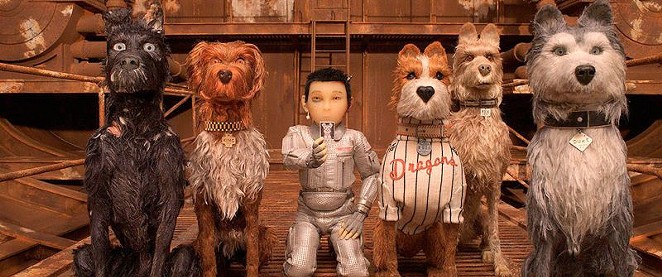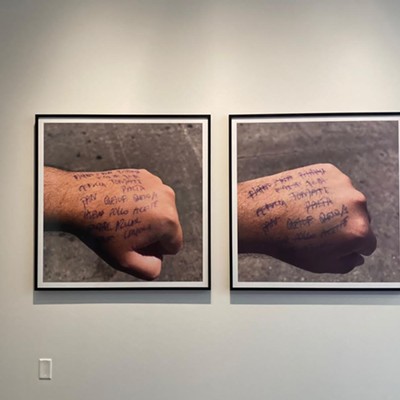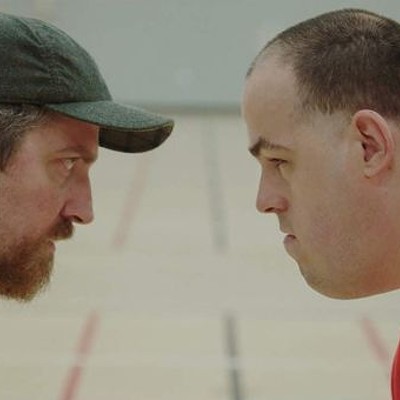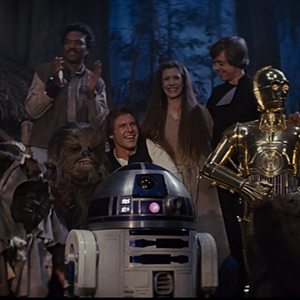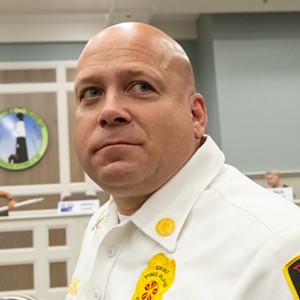ONE OF the most sought-after names in stop-motion filmmaking, Tristan Oliver, appears at the SCAD Savannah Film Festival with one of his best-known projects, the Wes Anderson-directed Isle of Dogs.
The Chicken Run and Wallace and Gromit cinematographer worked with Anderson on a another — and very popular — stop-motion film, Fantastic Mr. Fox.
Oliver has played a key role in mainstreaming the appeal of stop-motion, or stop-frame, filmmaking – a form of animation using figures set by hand for each frame. The realistic textures provide a warmth and appeal much greater than typical CGI – at a much lower cost as well.
Isle of Dogs screens at the Festival, along with a standing exhibit at the SCAD Museum of Art. We spoke to Tristan Oliver, who will give a Q&A after Thursday’s screening.
Everyone can see the similarities between Isle of Dogs and Fantastic Mr. Fox, but what do you think are the key differences in terms of cinematography?
Fabulous Mr. Fox had more of a confined environment. It was very much set in England, with colors reflecting winter and autumn. It was a dry palette. There was a warm glow that was consistent with the movie’s general cozy, folksy vibe.
Isle of Dogs is more like a Bond movie! (laughs) There’s a big city environment as well as the island of trash, which is a sort of a trackless, post-apocalyptic wasteland for dogs. It’s all smacked out, overcast, a void made of decrepitude. Whereas making the city scenes was more like lighting individual jewel boxes.
Wes Anderson’s films are known for very distinctive, painstaking visual composition. How much influence do you have over the final product in these films with him?
These are Wes Anderson movies. The extent to whether I can put my stamp on the process working with Wes will always be reactive rather than proactive. My role is to act as a conduit for the framework and sense of aesthetics that he sets.
Many times a director will sort of lean on the shoulder of the cinematographer, to help get the best look or the best shot, but that doesn’t happen in a Wes Anderson movie.
Is it coincidence that both your movies with Anderson have involved animating canines?
Well, Mr. Fox was a preexisting character. There does seem to be something innately funny about a talking dog. Then again, these things tend to come and go in waves. For example, for awhile there was quite a rash of talking penguins in the movies.
What is the future of stop-motion film in your view?
We’re about to to launch the most intensive period of stop-frame filmmaking the world has ever seen. There is no shortage of it in the works right now. In terms of what electronic filmmaking brings, it brings another paint on the palette.
That said, you’re either making stop-frame, or you’re not. Yes, we use electronic tricks. But the beauty of stop-frame is that it is all hand-painted and hand-finished.
You’re giving a master class to some SCAD students. Will that be mostly stop-motion theory?
I’ll be teaching zero theory! I’ll be showing lots of interesting photos and clips that hopefully will be both informative and entertaining, basically about my life in art.

